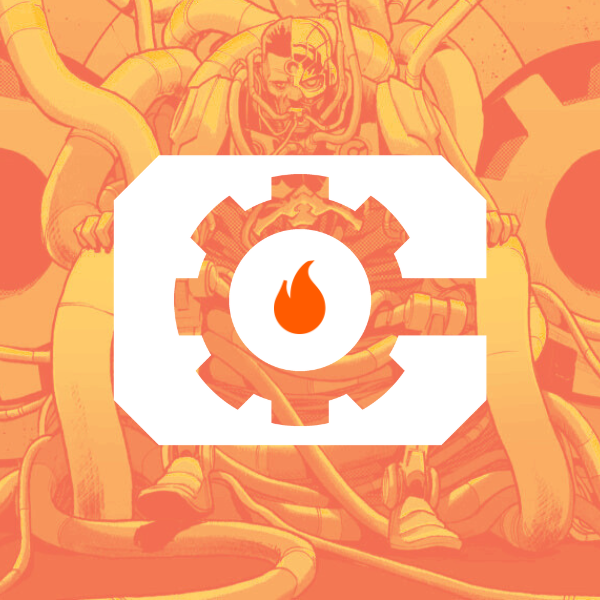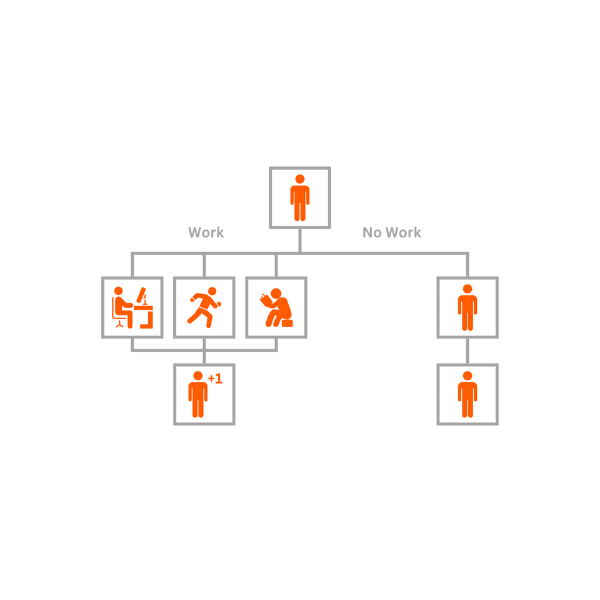Your cart is currently empty!
Parts of a Comic Book Script Explained
Comic book scripts are a unique form of writing that provide a blueprint for the artist to bring the story to life visually. In this blog, I’ll walk you though the script for for my series Unborn as a case study for the parts of a script. Let’s break down the key components found in…
Comic Book Artist Commission Rates Explained
Embarking on the journey of commissioning artwork opens up a world of creativity and personal expression, bridging the gap between art enthusiasts and the artists themselves. However, navigating the intricacies of art commission pricing can be a daunting task for both artists and clients. From understanding the multifaceted factors that influence pricing to adopting a…
Comic Book Elements Explained: Tips for Leveling Up Your Storytelling
Comic books are a unique storytelling medium that combines visual art and written narrative to create immersive and engaging experiences. By understanding and mastering the various elements of a comic book, writers can take their stories to the next level. In this blog post, we’ll explore each element by looking at Frank Miller’s seminal Batman…
How To Format a Comic Script Explained
Writing a comic book script can seem daunting at first, especially when it comes to formatting. The good news is, there are no strict rules – as long as you and the artist are on the same page, you can use whatever style works best for you. However, it does help to familiarize yourself with…

Micro-Goals and Beating Writer’s Paralysis
Way back when I was sitting down to write Dead End Kids: The Suburban Job, I was feeling overwhelmed. Even though I had write two miniseries before, DEK2 would be my longest project and I was feeling paralyzed by sheer magnitude of the project. But along the way I encountered this concept of micro-goals and…
Escaping Solomon’s Paradox and Writing Comics
Whether you’re a writer, artist, entrepreneur, or simply someone who finds themselves giving great advice but struggling to take it, Solomon’s Paradox is a phenomenon that affects us all. In this post, I’ll be exploring what Solomon’s Paradox is, how it impacts comic book writers like myself, and most importantly, how we can all learn…
Using Dan Harmon’s Story Circle to Write Better Comics
Dan Harmon, the creative mind behind acclaimed TV shows like “Community” and “Rick and Morty,” has developed a powerful tool for crafting compelling stories: the Story Circle. Drawing from the work of mythologist Joseph Campbell and his concept of the Hero’s Journey, Harmon distilled the essence of storytelling into a simple, yet effective, eight-step process.…
Bias Toward Action: What We Can Learn Writing Comics the Centipede and the Rabbit
As aspiring comic book writers, you might often find yourself overthinking every decision, from crafting the perfect plot to creating complex characters. It’s easy to become so consumed by the desire to make everything perfect that you end up paralyzed, unable to move forward with our stories. This reminds me of an old fable about…


